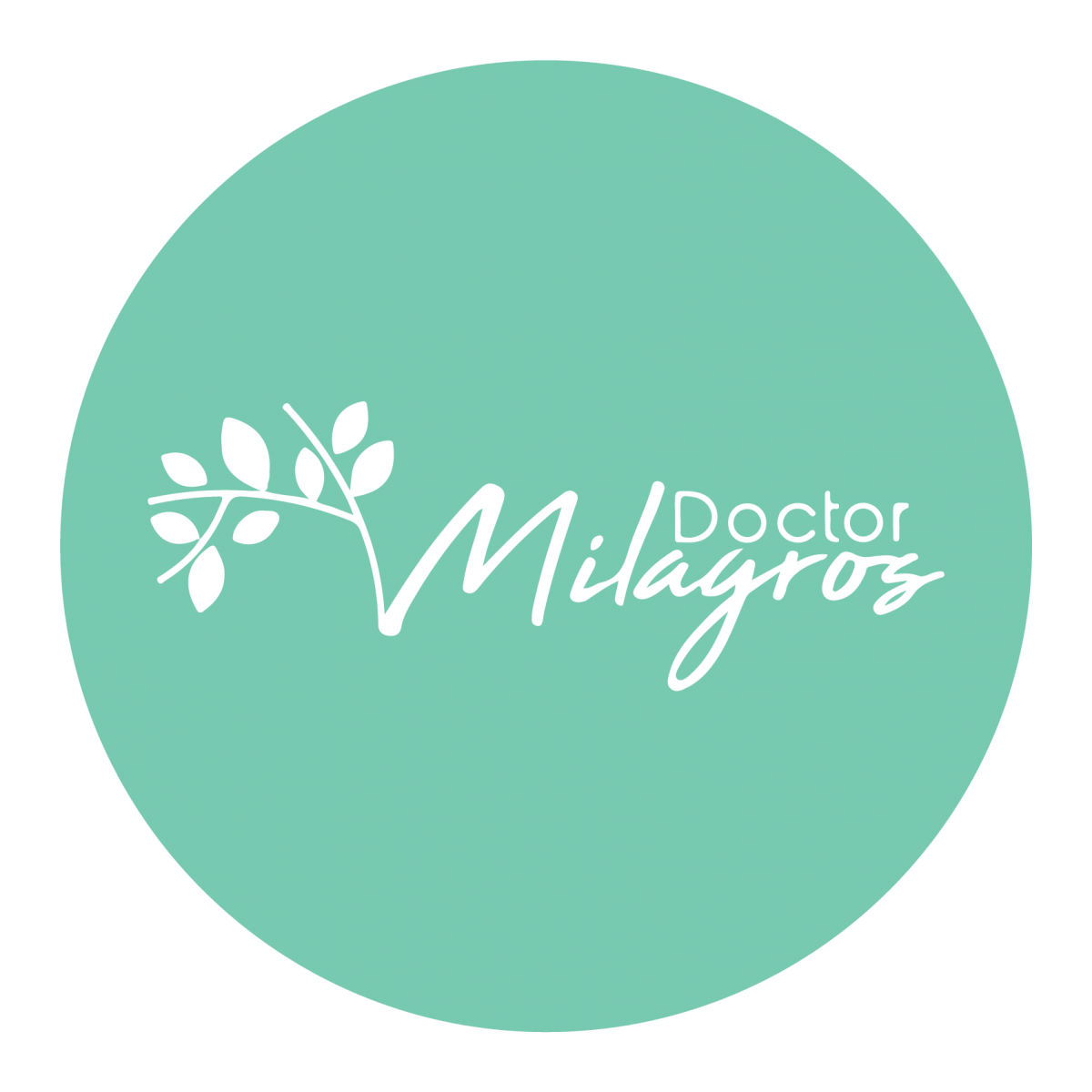health
Lets talk about the basics: Sun Exposure
Lets talk about the basics: Sun Exposure
The Sun is quite literally the center of our solar system and also central to our lives. It provides a light source, energy, and heat for all life forms. However, the Sun doesn’t just give off visible light and physical heat. It also produces UV or Ultraviolet rays which penetrate the Earth’s ozone layer and are absorbed by our skin.
When our skin absorbs an excess of UV rays, it incurs visible damage in the form of freckles or sun spots, sunburn, photoaging, and drying out of the skin over time. Sun damage can come in the immediate and temporary form of a sunburn or in the slower forming and much scarier form of skin cancer. UV exposure is cumulative and over time causes oxidative stress which creates free radicals. Free radicals make the collagen in our skin break down faster than usual, which brings on visible premature aging, and a higher risk of developing cancers.
Sunlight does provide us with Vitamin D which allows our bodies to perform a multitude of necessary functions, such as aiding in the absorption of calcium. At the same time, we need to protect our skin from excessive sun exposure in order to avoid damaging it. Luckily, we can get Vitamin D through our diet as well. Besides dietary supplements, foods that contain Vitamin D are oily fish such as salmon or sardines, red meat, and egg yolks. You should always use sunscreen (even on a cloudy day) and ideally wear a hat when you go outside.
Check in next week to learn about all the different types of sunscreens, their benefits and their drawbacks.
References
Sun’s effect on skin – Health Video: MedlinePlus Medical Encyclopedia
Can Antioxidants Help to Prevent UV-induced Free Radical Damage? – Art of Dermatology | New York
Vitamin D Deficiency: Symptoms & Treatment (clevelandclinic.org)
Skin Protection from Sun Damage (clevelandclinic.org)


